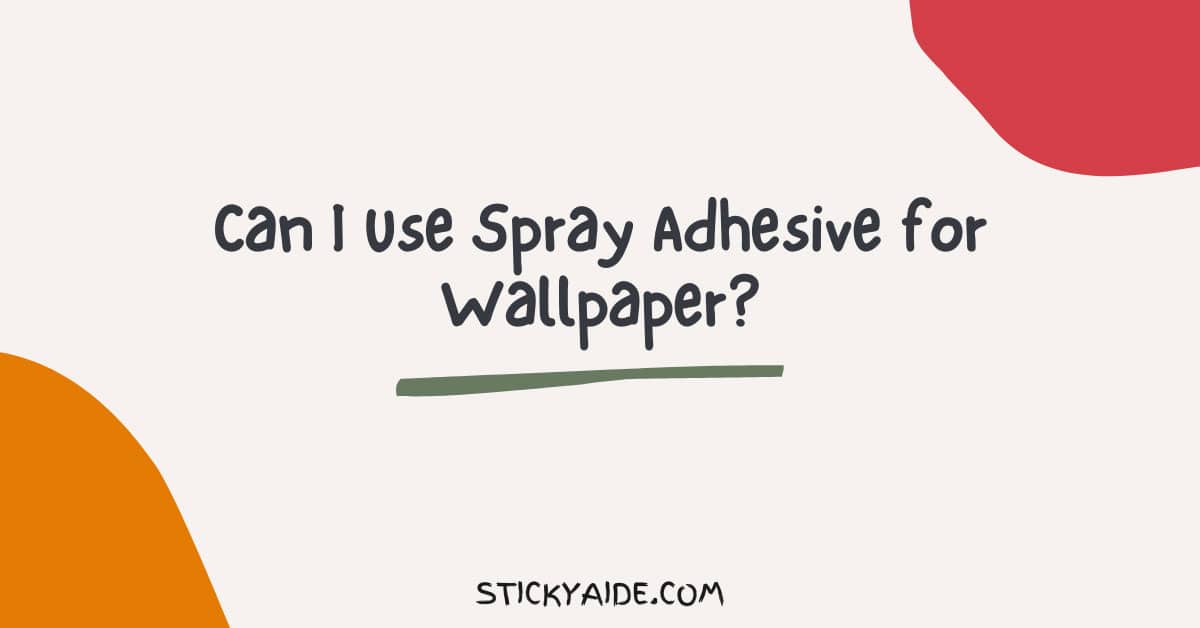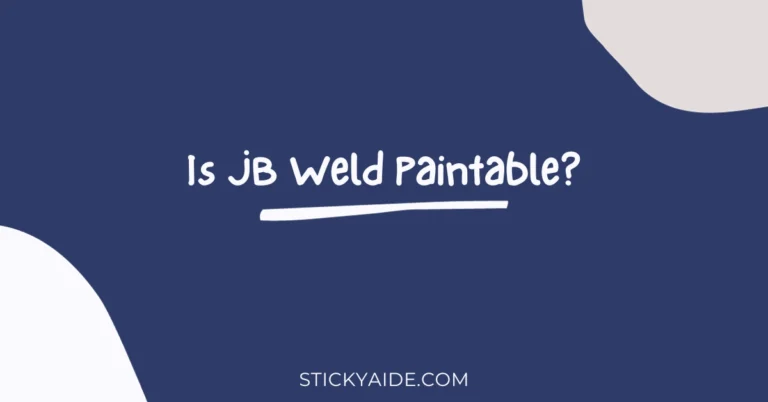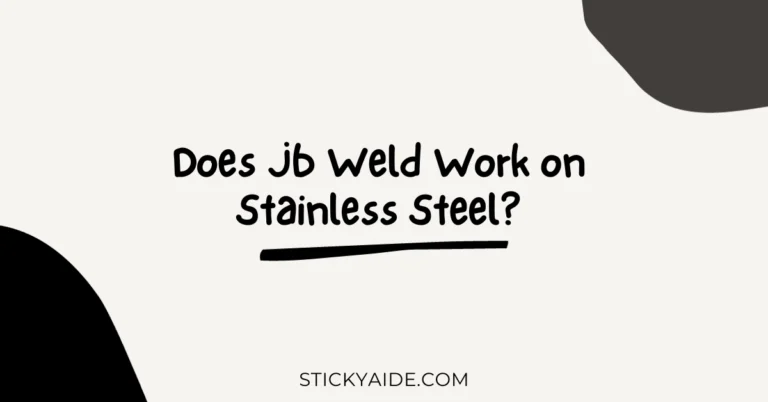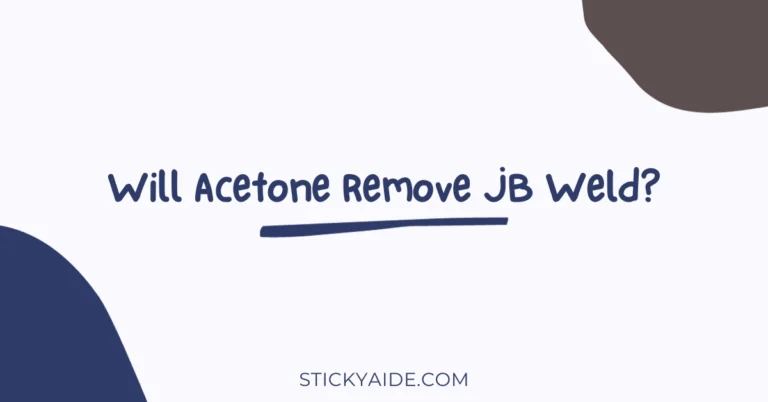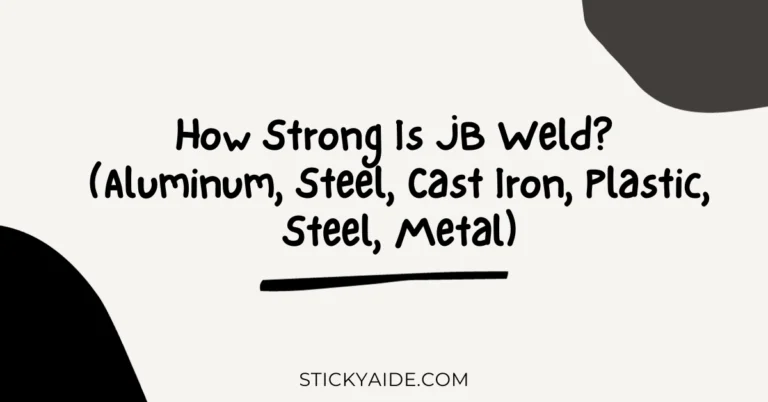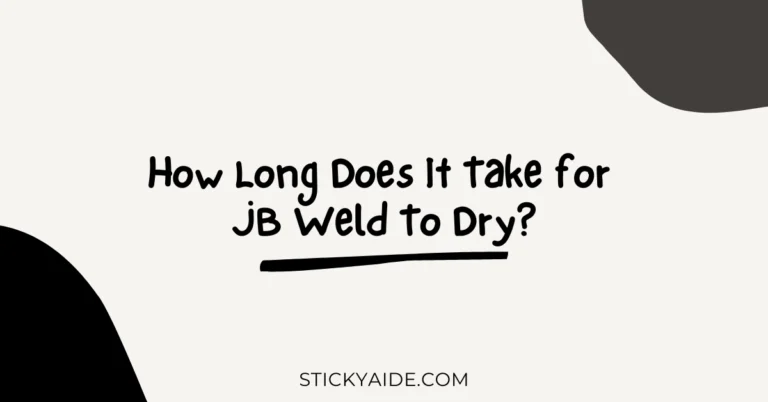As DIY wallpapering becomes increasingly popular, many people are switching from the traditional paste and stick method to the quicker and easier use of spray adhesive.
And while this convenient product has become incredibly popular in recent years, it still has its fair share of skeptics—namely, people who worry that it’s not actually safe to use spray adhesive on wallpaper.
Can I Use Spray Adhesive For Wallpaper? Find out whether you can use spray adhesive for wallpaper with this helpful guide!
Read More: Best Adhesive for Wallpaper
Read More: What Can I Use Instead of Spray Adhesive?
Can I Use Spray Adhesive for Wallpaper?
Spray adhesives are great for many things and can be used on all surfaces. In most cases, the answer is yes, and you can use spray adhesive for wallpaper. Of course, some nuances need to be considered when it comes to hanging wallpaper onto a wall.
And, if you’re looking for the best spray adhesive for wallpaper, 3M 90 Spray Adhesive can be a perfect choice.
Pros of Using Spray Glue
1. Provides Durability
When spray glue is used on a surface exposed to high traffic, it has advantages to using it in certain situations. Whereas standard glue might not stand up to multiple uses without losing its potency, spray glue will not lose the strength of its grip.
2. Uses Non-toxic Ingredients
One of the biggest benefits of spray glue instead of traditional wallpaper paste is that there are fewer risks of unwanted side effects. This means that your design project does not have to be aborted because someone in the house got an allergic reaction or because there was too much residue left behind from the surface being glued down.
3. Does Not Smell
The last advantage of using spray glue over other adhesives is that it doesn’t leave any unpleasant odor when applied. Most people find the smell pleasant and welcoming because they know they’re getting things done quickly and efficiently while producing an odorless result.
5. Less Messy than Standard Glue Products
Since so little material is required to make a good bond between two surfaces, you don’t need to worry about what happens if something spills onto the countertop or flooring during the application process as long as it’s cleaned up promptly after finishing up the application process.
6. Faster Application Time
Another great benefit of spray glue is that it typically has a shorter drying time, so you can get the job done quickly and get back to doing whatever else needs to be accomplished.
Spray adhesives work best on clean, dry surfaces, but they will also work on not-so-clean ones. A quick wipe-down with some water or a dry rag will do the trick and prepare your surface to accept the glue.
Ensure that your tape lines up well and that no bubbles show, as these will cause air pockets behind the paper when stuck in place by your adhesive, which may lead to peeling later on.
Read More: How To Use Spray Adhesive on Paper?
Cons of Using Spray glue
One of the big cons to using spray glue is that it leaves a residue on surfaces that must be cleaned before painting or wallpapering.
It also takes time, meaning it could take hours to get the product ready and then apply it.
Finally, another major con of using spray glue is that not wide varieties are available, making it harder to find something that will work best for your project.
Steps to Prepare before applying
1. Prepare the surface
Surface preparation is paramount to having a successful application of your new wallpaper. Depending on what material you apply to, there are several ways to prep the surface. A good primer coat is crucial if applying to a new surface, and in general, any textured surfaces may need some fill-in before application (i.e., a spackle or joint compound).
Keep in mind that if you’re remodeling, then all old wallpapers must be removed before installing new wallpapers, and any pre-existing surfaces should be given their own treatment before adhering to the paper’s design (again, i.e., priming).
2. Mix the solution
You’ll want to mix up your bonding agent according to the directions on the back of the container – usually about ten parts water to one part adhesive – so that it is thin enough to apply evenly but thick enough not to run off as soon as you start spreading it around.
3. Applying wallpaper with spray adhesive
The easiest way for beginners is using a hand roller like an electric paint roller: squeeze a few drops onto each end and roll away from yourself across the surface until there are no more drips coming out from either end.
4. Waiting Game
Wait 30 minutes after applying the adhesive. Remove any air bubbles and excess glue with a credit card, allowing 30 minutes to dry before placing the wallpaper. If you have any leftover glue after removing bubbles, let it dry and then sand it down lightly with 400 grit sandpaper. Wait 24 hours before putting anything else on your newly installed paper!
Read More: How to Use Spray Adhesive on Fabric
Helpful Tips While Applying
-Wait to apply your glue until the paper is completely dry but still flexible. Applying the glue too early could cause bubbles or wrinkles in your wallpaper.
-Work in a well-ventilated area and avoid breathing in any fumes from the adhesive. If possible, have a second person on hand to help apply the glue and hold up one side of the sheet while you hold up the other side.
-Start by spraying half of your area with glue and pressing down that wallpaper section using brush strokes or an overlapping pattern. Allow it to dry before adding more. Continue spraying half of your surface and applying the paper until it is complete. Once completed, allow it to dry overnight before hanging. For vertical walls, start at the top and work your way down until all panels are applied.
Last Opinion
In conclusion, it is possible to use spray adhesive as a wall covering. There are limitations on the materials you can use, so be sure to do your research before starting any project.
Spray adhesives are great for fabric, paper, and cardboard material. Ensure the area is sealed off by duct tape or another sealant so that dust does not interfere with the job.

